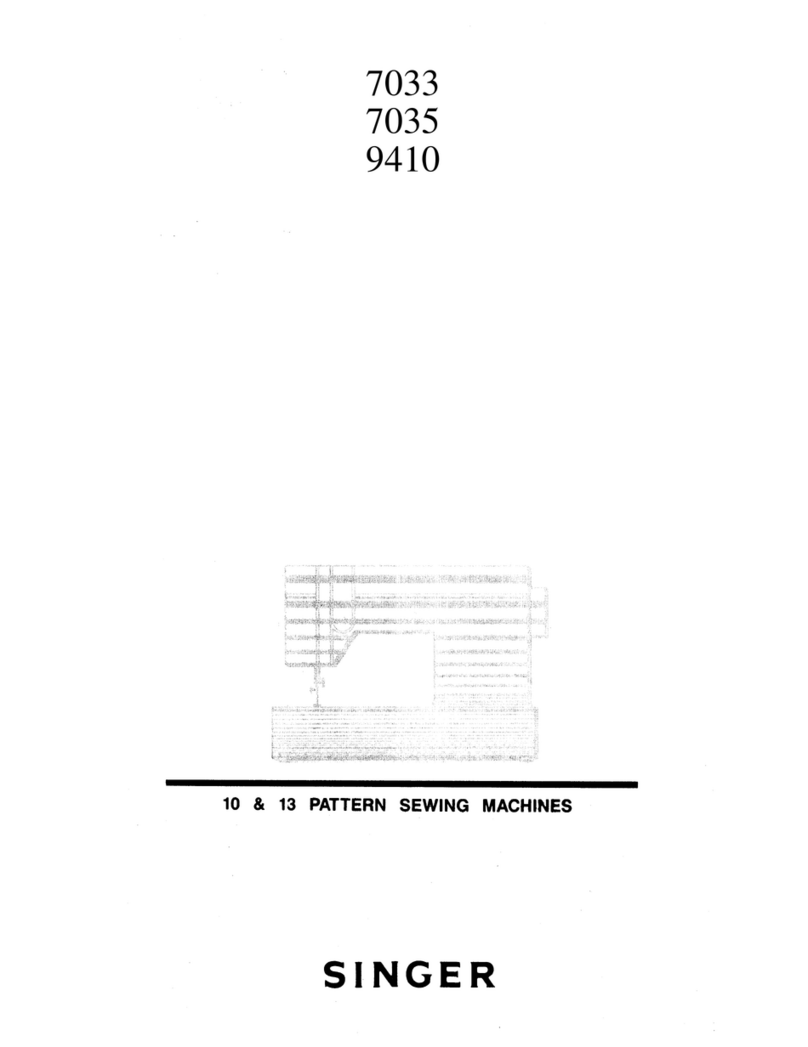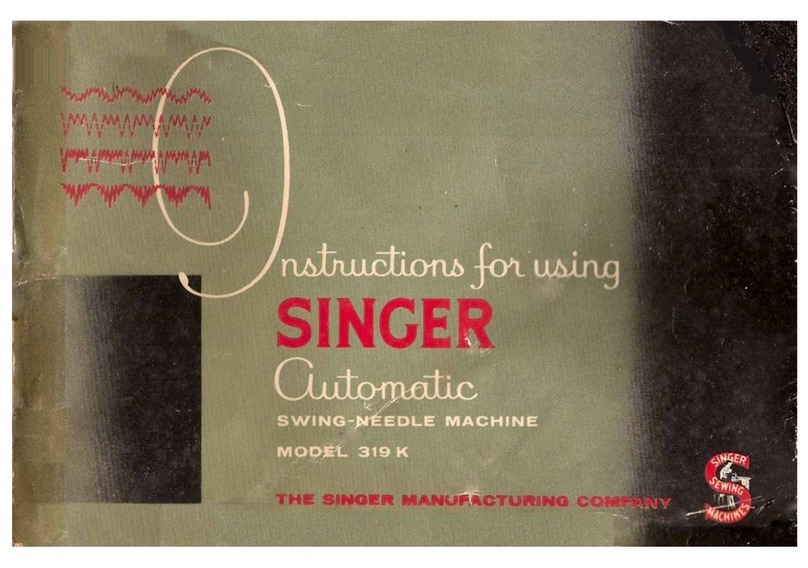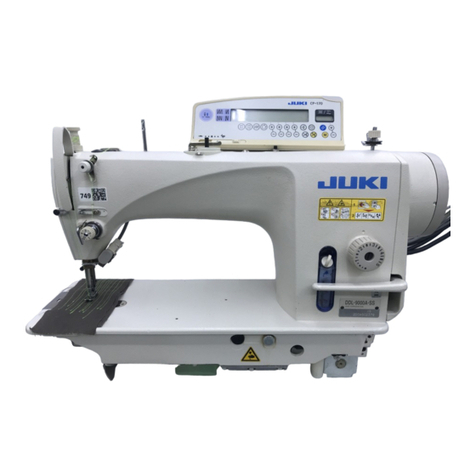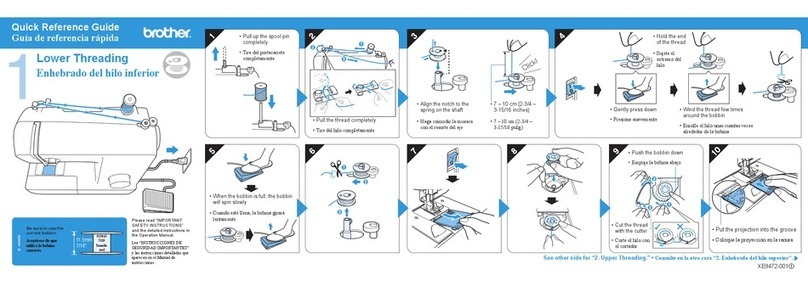Singer 9800 User manual
Other Singer Sewing Machine manuals

Singer
Singer 241-2 User manual
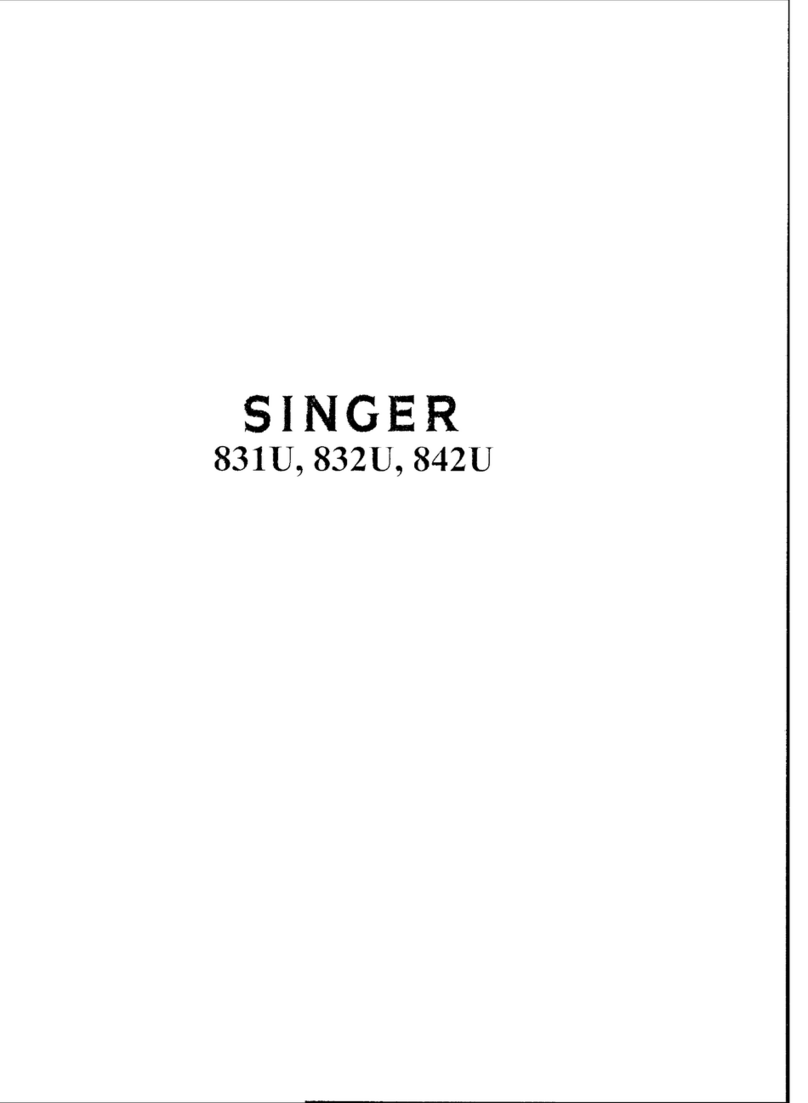
Singer
Singer 831U User manual
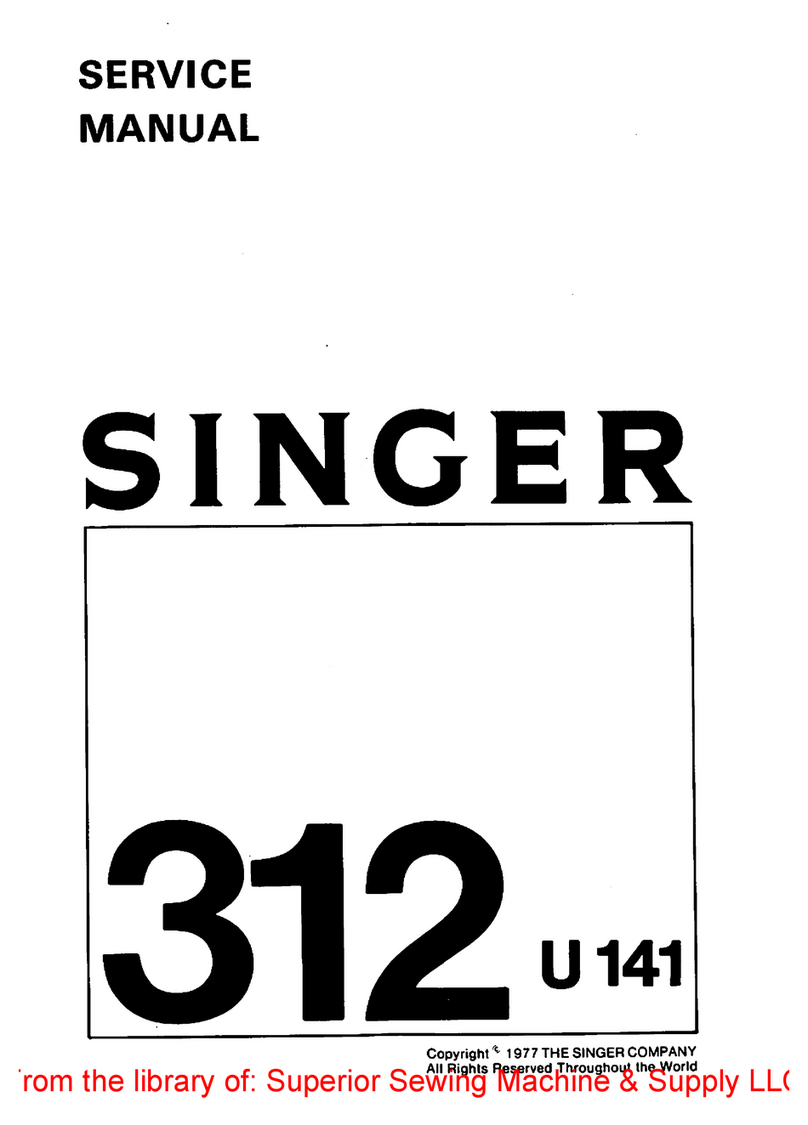
Singer
Singer 312 U141 User manual
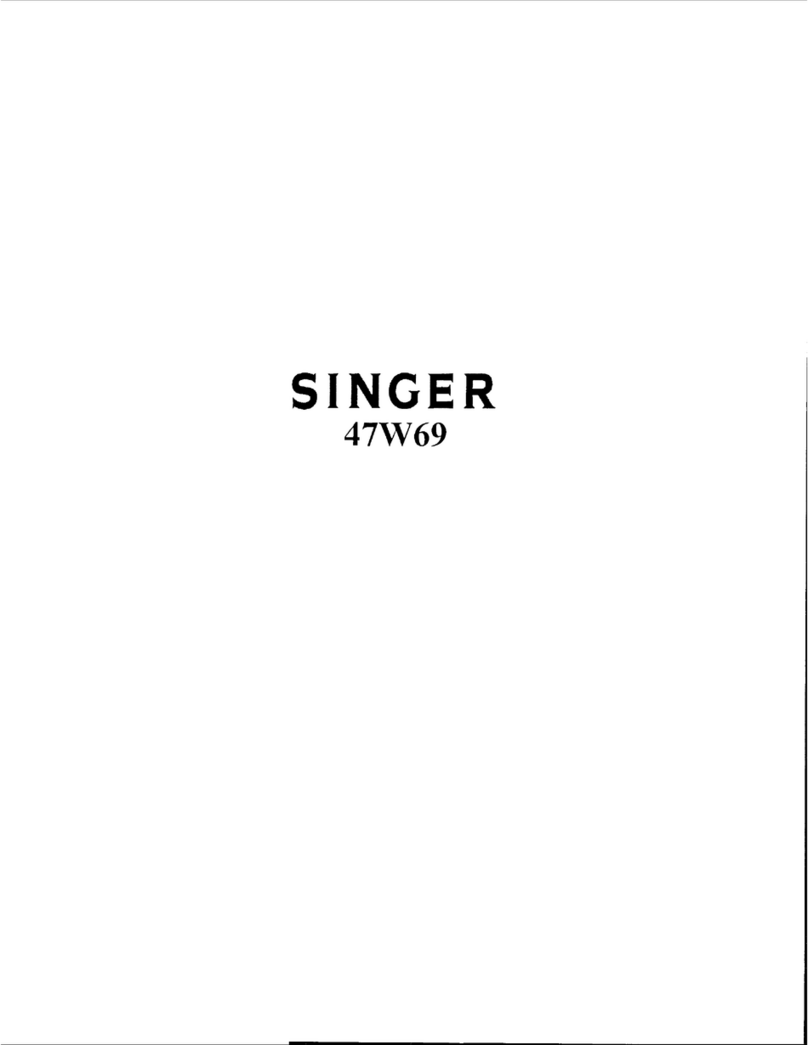
Singer
Singer 47W69 User manual
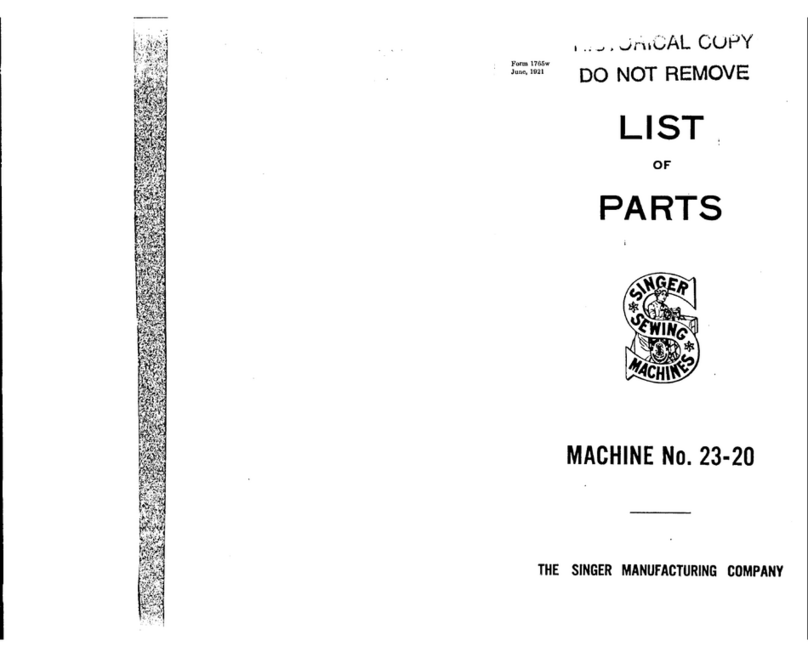
Singer
Singer 23-20 User manual

Singer
Singer 626 User manual

Singer
Singer 4552 User manual

Singer
Singer 8280 User manual
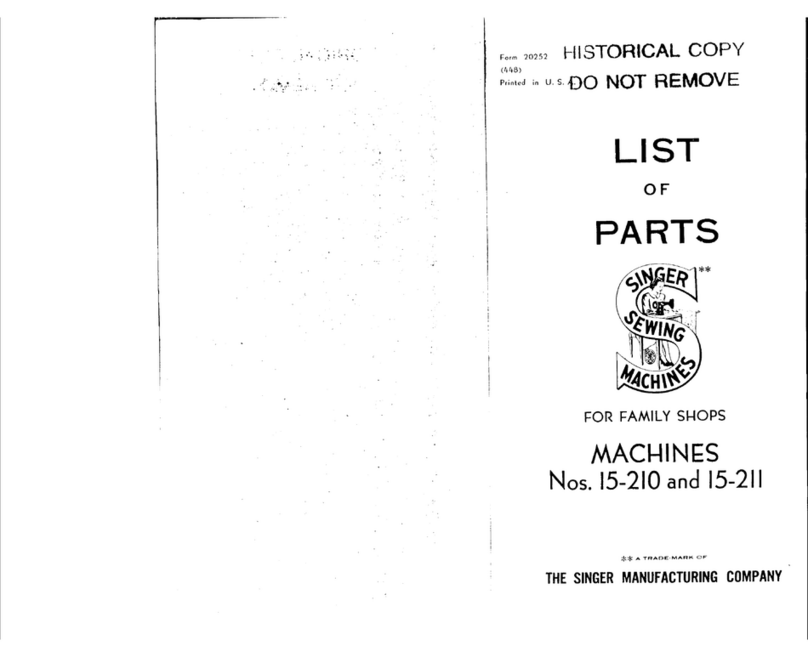
Singer
Singer 15-210 User manual
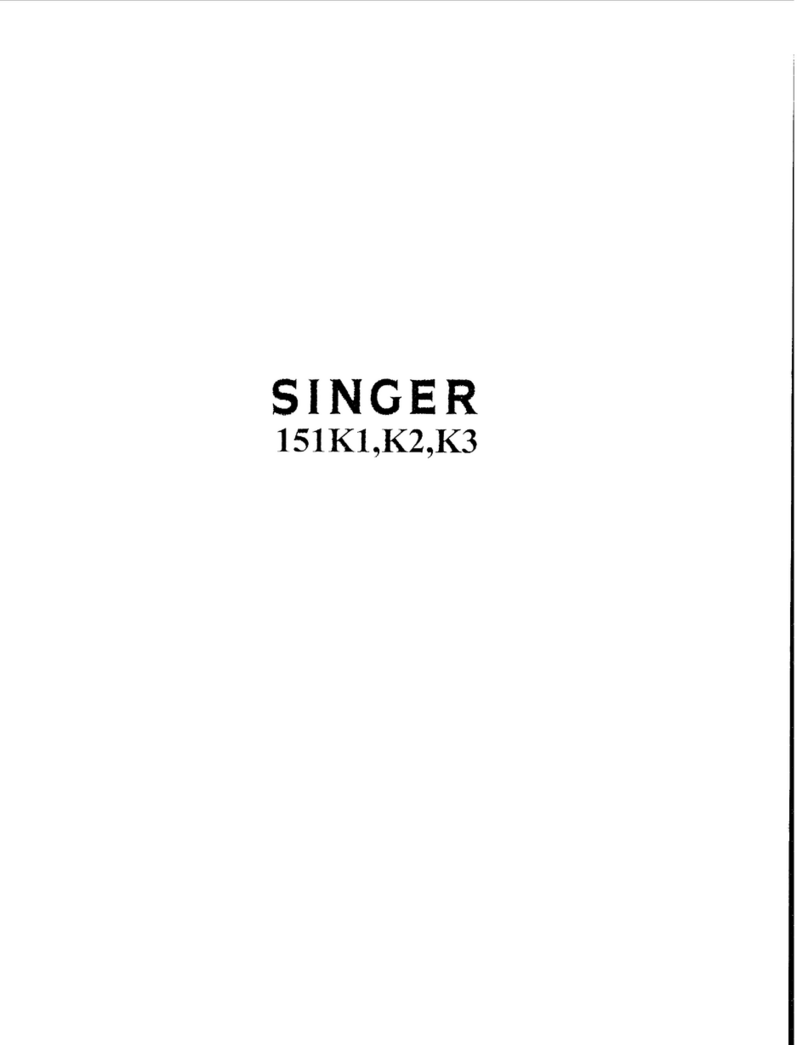
Singer
Singer 151K1 Quick start guide
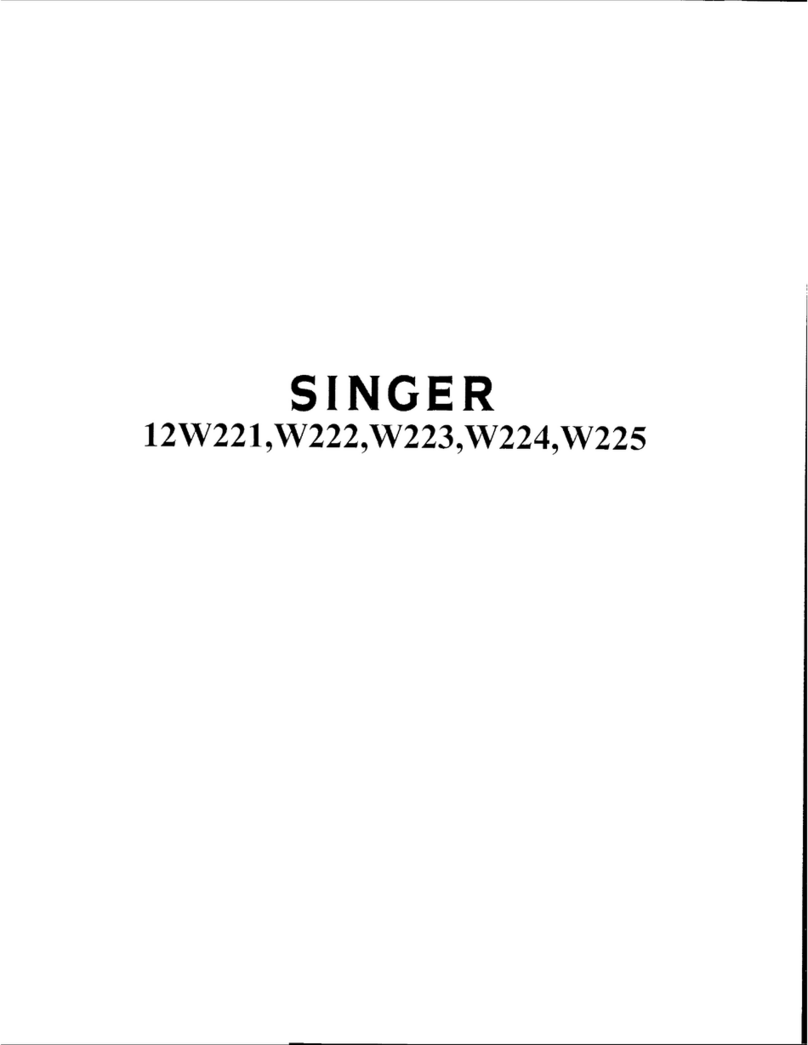
Singer
Singer 12K222 User manual

Singer
Singer XL-50 User manual
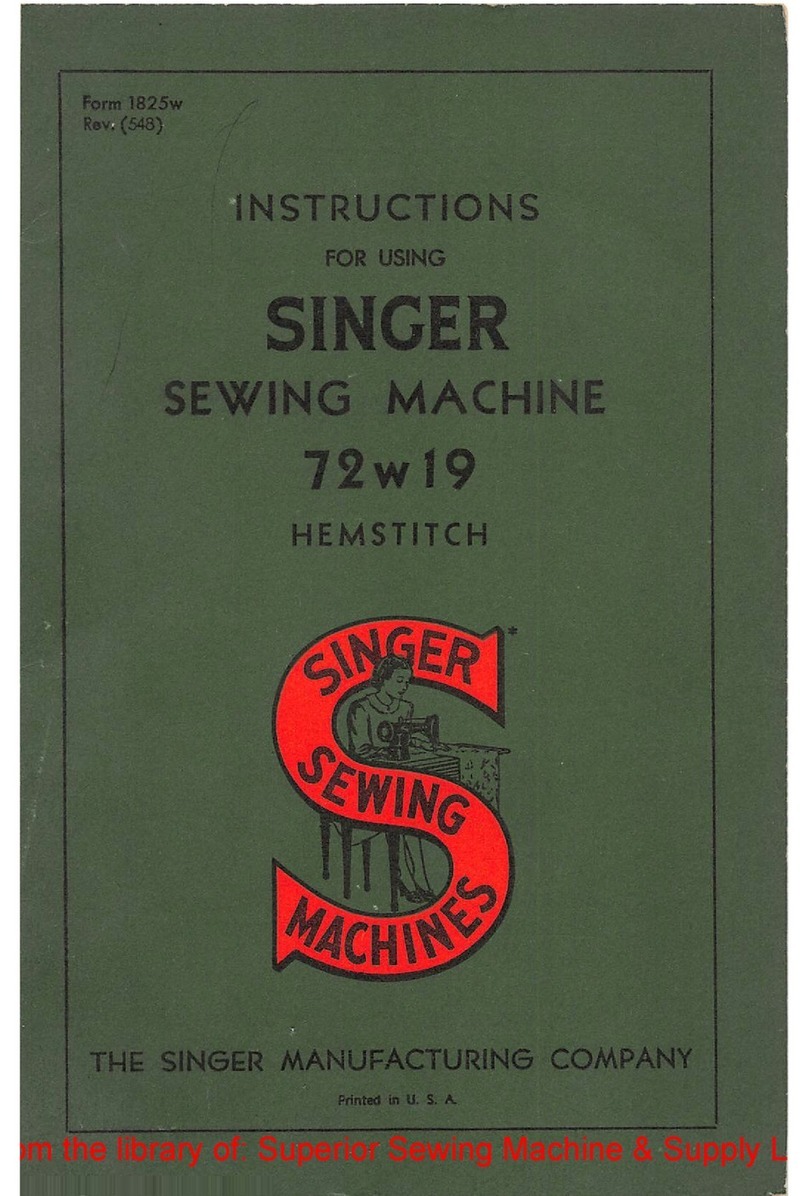
Singer
Singer 72W19 User manual
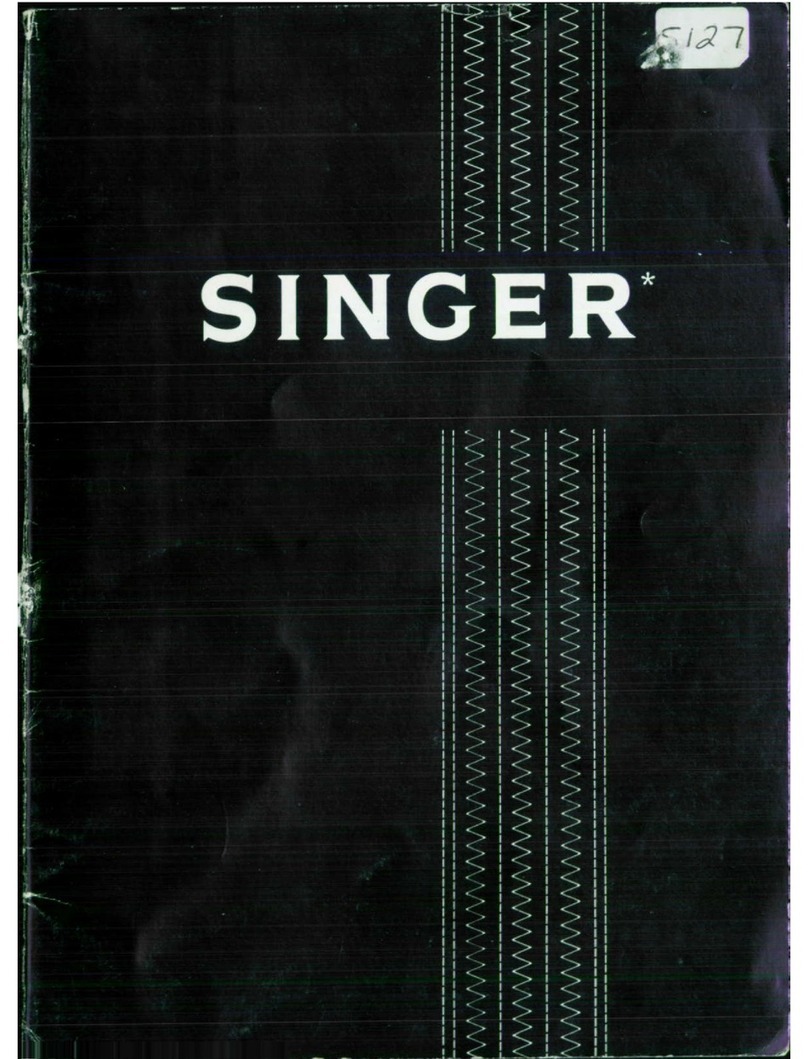
Singer
Singer 5127 User manual
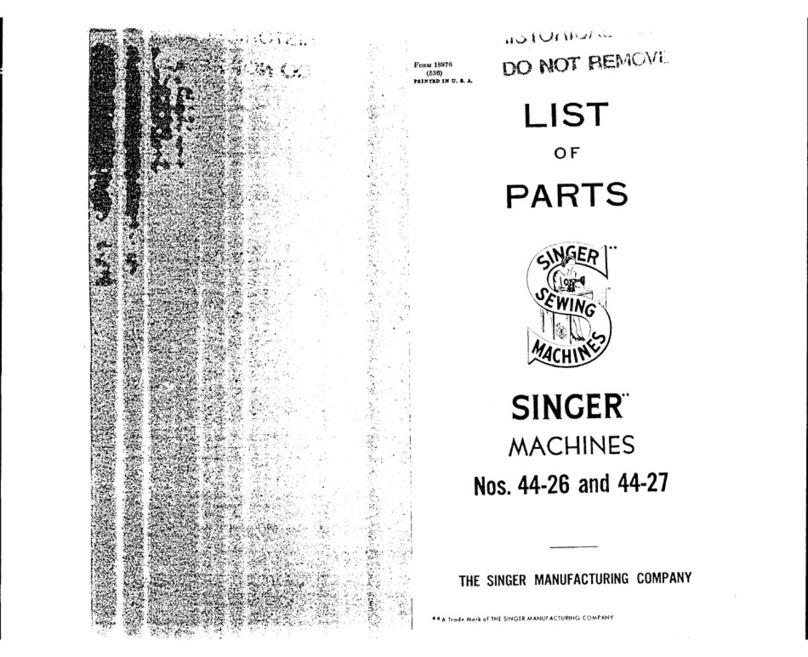
Singer
Singer 44-26 User manual
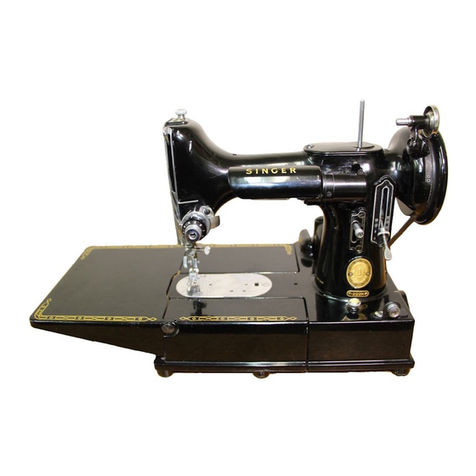
Singer
Singer 221-1 User manual
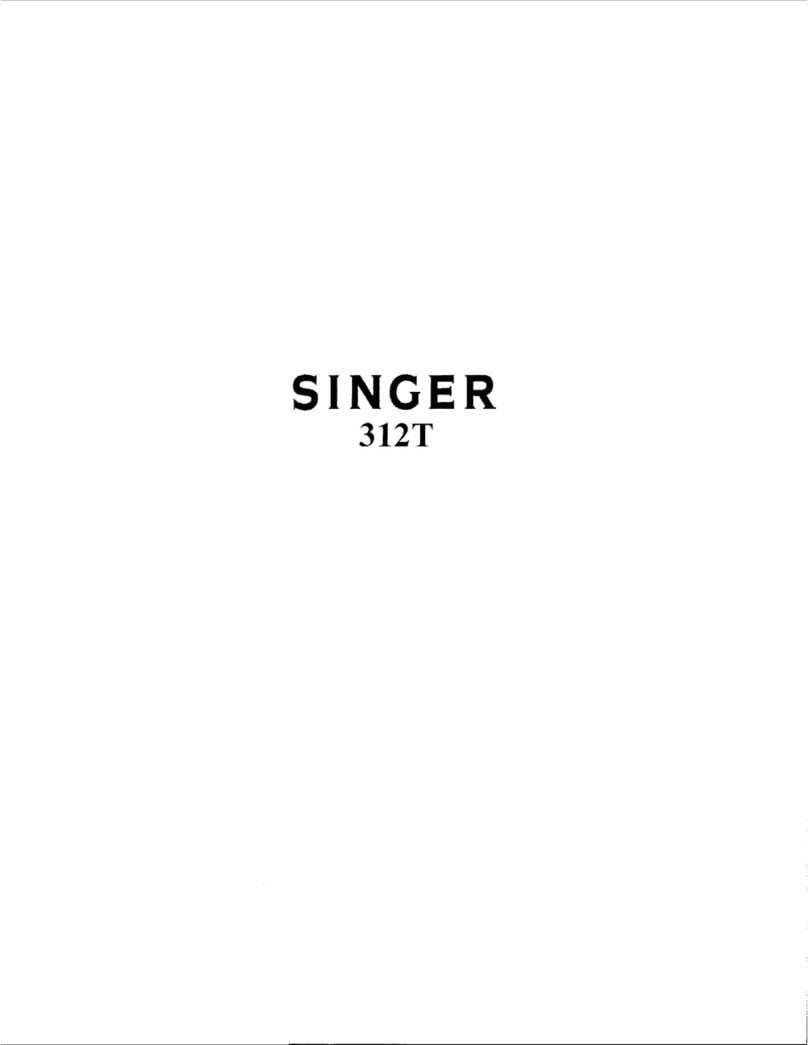
Singer
Singer 312T Manual
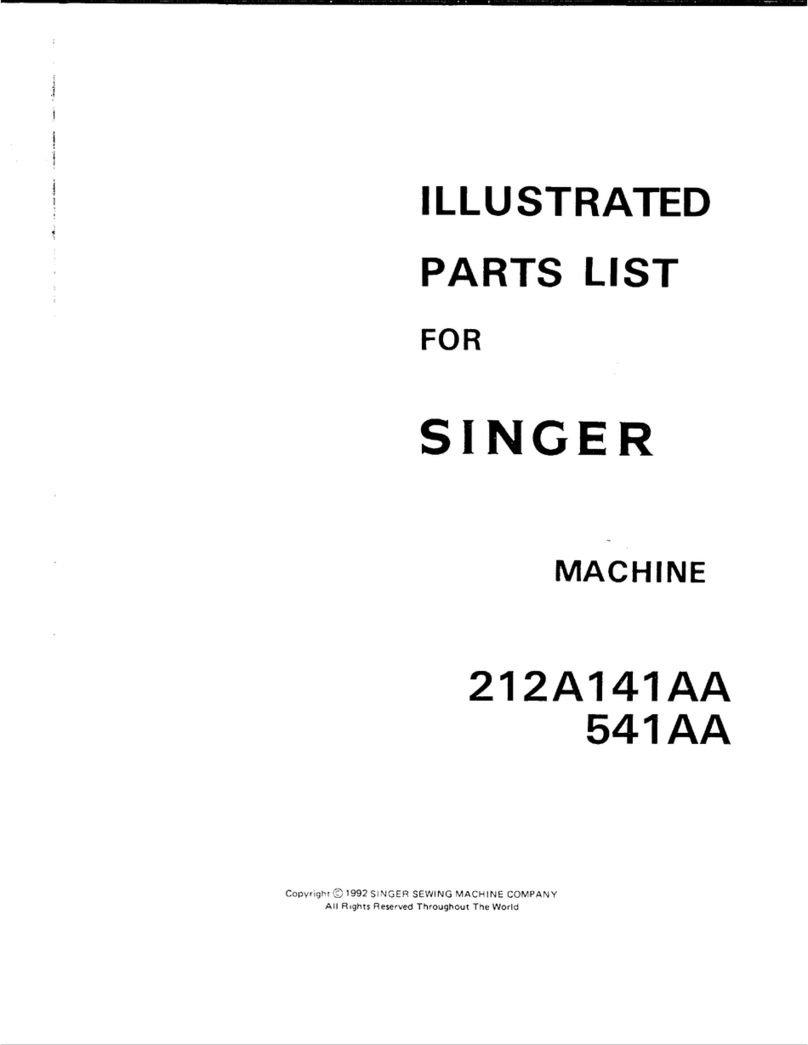
Singer
Singer 212A141AA Setup guide
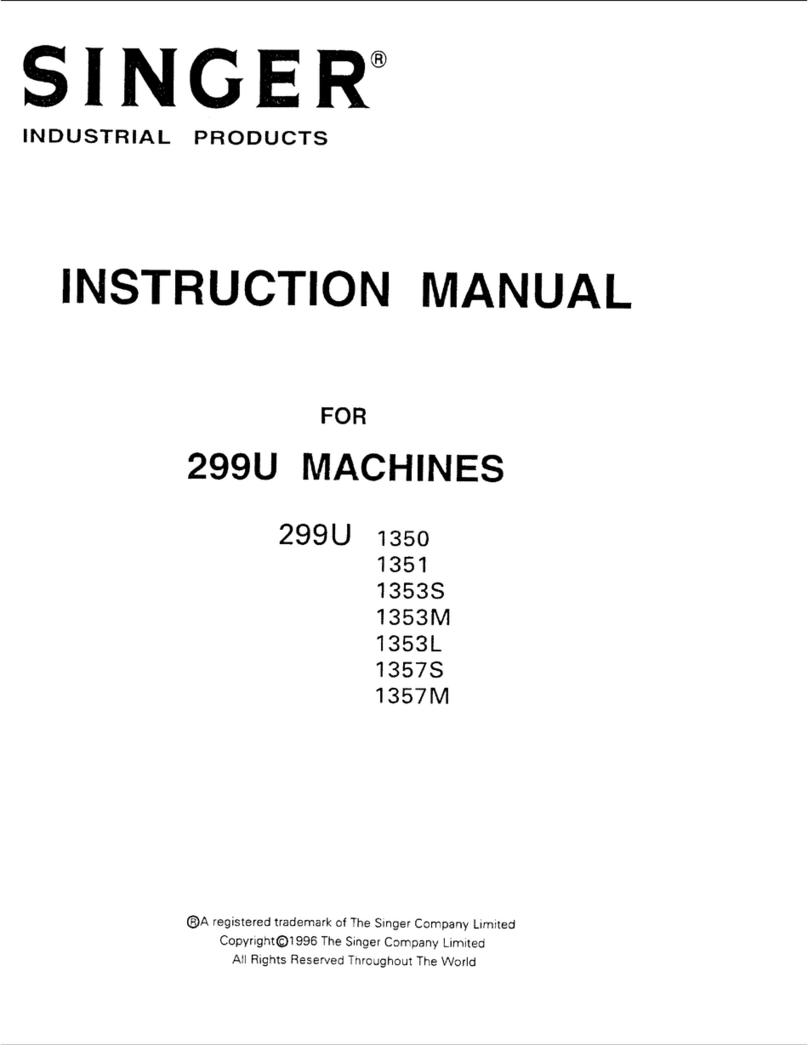
Singer
Singer 299U1350 User manual
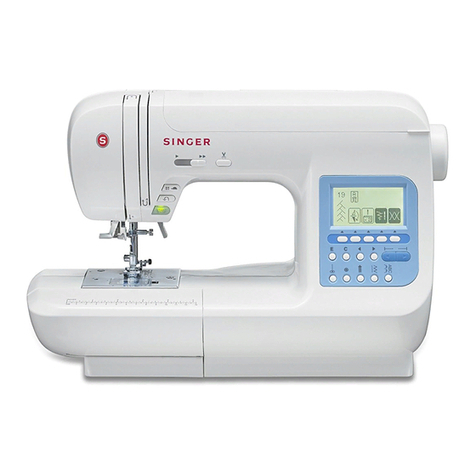
Singer
Singer 9970 User manual


